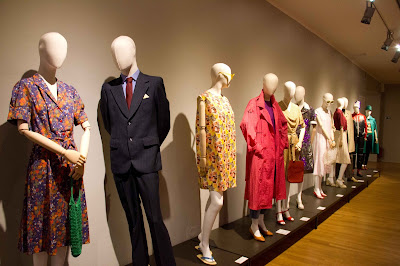 |
| The upside down table of the Slovak castle |
I was kind of keen to take the night train anyway, we took one in Egypt years ago and that was pretty fun, so I thought it would be similar. It was not quite the same though, a lot more juddery and noisy, with a lot of sharp braking and squealing. But our hotel in Bratislava was amazing, which more than made up for it. I think the best hotel we stayed at the whole trip, amazing breakfast, lovely rooms, and friendly staff.
Bratislava was an interesting little town, I wouldn't spend more than a day there. It is obviously not on the main tourist route. They don't get nearly as many people as Krakow or Budapest does. And it is all the better for it.
I really liked Bratislava, the old town is really pretty. There is a lot more of a contrast between the old town and the rest of the town in Bratislava. In Krakow it felt like there was some money there, outside of the old town, it was a bit more run down, but not majorly so, maybe a little worse than Paris. In Krakow the train station was super flash, full of shops and restaurants and all very new. And then you get off the train in Bratislava and it's like travelling back 50 years or something. A really dark, low ceilinged station, everything is really old and cramped, and driving into the old town the buildings were quite similar to that. Big, Soviet era style apartment blocks, a lot of graffiti and concrete. But then you walk into the old town and it's this lovely pedestrianised area, with the historical buildings and the castle on the hill. They are obviously putting all their money into the old town.
 |
| There were awesome statues everywhere |
 |
| Communism and fashion - looks OK to me |
 |
| Dave struggling with the passage |
One surprising thing with Bratislava were the number of great art galleries and museums. I was not expecting that. None of them were very large, maybe an hour at most, but there was a big variety. The main gallery is the Slovak National gallery. That was interesting because they had this communism and fashion exhibition on at the time. You forget that all these countries were behind the iron curtain after World War II so this fashion exhibit was weird for someone from the west. Even the clothes everyone wore were part of their grand communism plan. They didn't want to encourage individualism. As well as the SNG we also saw tapestries in the town hall, Gothic art, modern art and the coolest conceptual installation I think I've ever seen. Called the passage, its a room with books for walls, the floor and ceiling is all mirrors and with a narrow walkway in the middle. Even though you know you are walking on the ground it feels like you are suspended in a room full of books.
Slovakia seemed like a cool little country, I don't think many people spend long here. Perhaps because it seems like kind of a peaceful country. The Czech Republic and Slovakia decided to peacefully dissolve Czechoslovakia on the same day to form the separate countries, that seems rare for country formation. It seemed that one of the important reasons why Slovakia ended up being it's own country is that they kept their language alive. Hungary was so massive and dominated a lot of regions, but it seemed you really needed the separate language to have a hope of forming your own country at some point. You wonder how many other regions in Hungary used to have their own language at some point, and if they had kept speaking it, would Hungary be a lot smaller now that it is.
 |
| The Danube and communist apartment blocks |
No comments:
Post a Comment